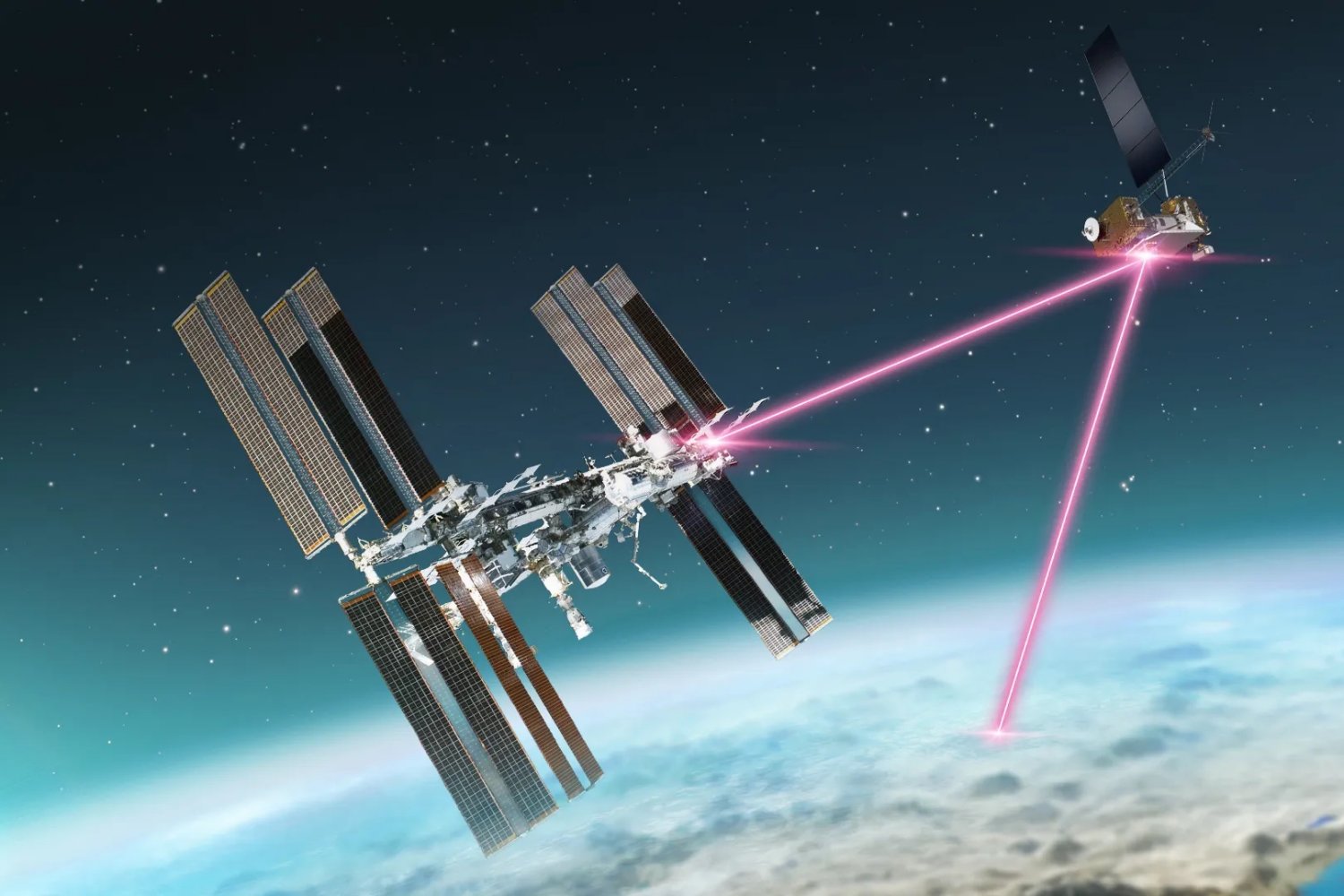NASA’s Deep Space Optical Communications experiment has achieved a groundbreaking feat by transmitting the first ultra-high-definition streaming video from deep space via laser technology. The milestone, accomplished on December 11, involved beaming the video from a record-setting distance of 19 million miles away, approximately 80 times the Earth-Moon distance.
The achievement is part of NASA’s ongoing technology demonstration aimed at enabling the streaming of very high-bandwidth video and other data from deep space. The successful demonstration is seen as a crucial element in supporting future human missions beyond Earth’s orbit.
NASA Deputy Administrator Pam Melroy emphasized the significance of this accomplishment, stating, “This accomplishment underscores our commitment to advancing optical communications as a key element to meeting our future data transmission needs.” She highlighted the importance of increasing bandwidth to achieve future exploration and science goals, expressing anticipation for the continued progress of this technology and its transformative impact on communication during interplanetary missions.

The demonstration utilized a cutting-edge instrument known as a flight laser transceiver to transmit a 15-second test video. The video signal, sent at the system’s maximum bit rate of 267 megabits per second (Mbps), took 101 seconds to reach Earth from the distant location. The instrument, capable of sending and receiving near-infrared signals, transmitted an encoded near-infrared laser to the Hale Telescope at Caltech’s Palomar Observatory in San Diego County, California. The video frames were then sent in real-time to NASA’s Jet Propulsion Laboratory in Southern California.
The laser communications demo, launched with NASA’s Psyche mission on October 13, is designed to transmit data from deep space at rates 10 to 100 times greater than the current state-of-the-art radio frequency systems used in deep space missions. As the Psyche mission travels to the main asteroid belt between Mars and Jupiter, the technology demonstration will continue sending high-data-rate signals, reaching as far as Mars’ greatest distance from Earth. This sets the stage for higher-data-rate communications capable of transmitting complex scientific information, high-definition imagery, and video to support future human missions to Mars.
The article also mentions the creation of a short ultra-high-definition video featuring an orange tabby cat named Taters. This video, uploaded before the launch, adds a fun element to the significant event. Despite the vast distance, the video was transmitted faster than most broadband internet connections, showcasing the efficiency of the laser communication technology.
The Deep Space Optical Communications demonstration is part of a series of optical communication demonstrations funded by NASA’s Technology Demonstration Missions program. The Psyche mission, led by Arizona State University and managed by NASA’s Jet Propulsion Laboratory, contributes to the agency’s broader goals in space exploration. The successful transmission of ultra-high-definition video from deep space marks a historic achievement in advancing communication capabilities for future deep space missions.
Since achieving “first light” on November 14, the system has demonstrated increased data downlink speeds and improved pointing accuracy during regular checkouts. The project has showcased downlink bit rates comparable to broadband internet download speeds, with the ability to download substantial amounts of data. The ongoing learning process and adjustments made during each checkout contribute to refining and understanding the capabilities of this new optical communication technology.
In conclusion, NASA’s success in streaming ultra-high-definition video from deep space through laser technology represents a significant leap forward in advancing communication capabilities for future deep space exploration. The accomplishment not only marks a technological milestone but also sets the stage for more efficient and data-rich communication in upcoming interplanetary missions.



